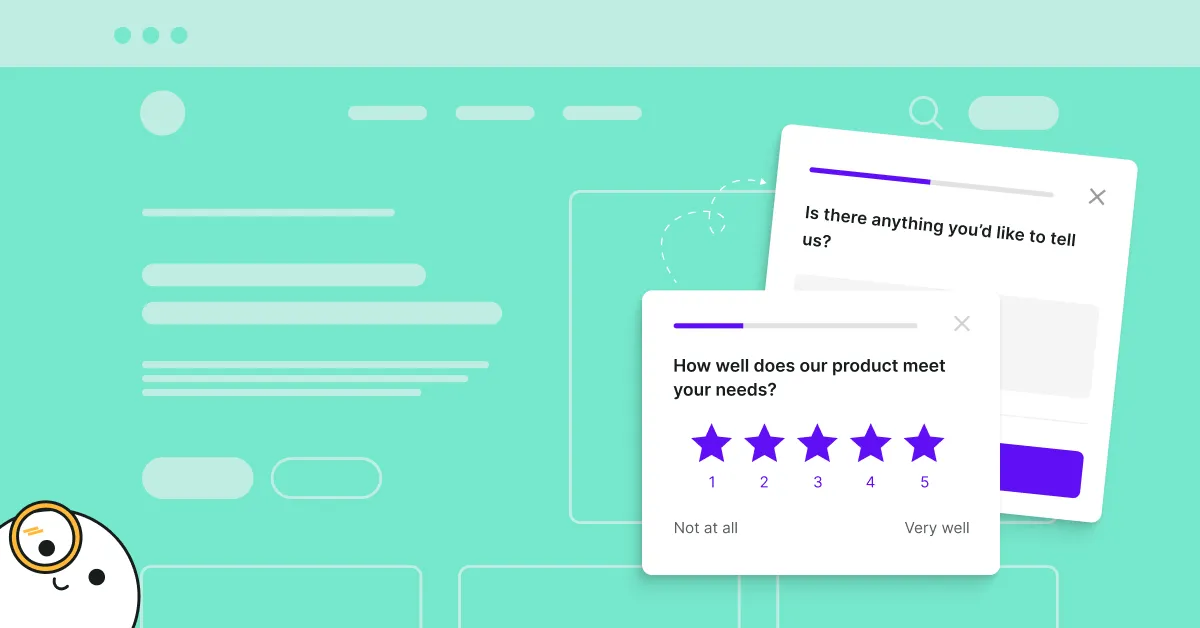In the ever-evolving landscape of design, User Experience (UX) designers are constantly seeking innovative ways to enhance the interaction between users and digital interfaces. One of the most revolutionary tools at their disposal is Artificial Intelligence (AI).
As technology advances, AI is becoming an integral part of the design process, offering new possibilities to create seamless, personalized, and engaging user experiences. In this comprehensive guide, we will explore how UX designers can leverage AI to elevate their designs and stay ahead of the curve.

Understanding the Role of AI in UX Design
Before delving into the practical aspects, it's essential to understand the role of AI in UX design. AI can be a powerful ally for designers by automating repetitive tasks, analyzing user data, and providing valuable insights. It can help designers make data-driven decisions, streamline workflows, and create more user-centric designs.
1. Personalization and User Behavior Analysis
One of the most significant advantages of AI in UX design is its ability to analyze user behavior and preferences. AI algorithms can process vast amounts of data to understand how users interact with a product or website. By leveraging this information, designers can create highly personalized experiences tailored to individual user needs.
Implementing personalization through AI involves tracking user interactions, such as clicks, navigation paths, and time spent on specific pages. Machine learning algorithms then use this data to predict user preferences and suggest personalized content or features. For example, an e-commerce website can recommend products based on a user's past purchases or browsing history.
2. Chatbots for Enhanced User Engagement
Chatbots, powered by AI, have become a staple in modern UX design. These virtual assistants provide real-time interaction with users, offering support, answering queries, and guiding them through the user journey. Integrating chatbots not only enhances user engagement but also provides immediate assistance, making the user experience more seamless.
Designers can implement chatbots for various purposes, such as helping users navigate through a website, providing product recommendations, or resolving common issues. Natural Language Processing (NLP) algorithms enable chatbots to understand and respond to user queries in a conversational manner, creating a more human-like interaction.
3. Predictive Analytics for Anticipating User Needs
Predictive analytics, a subset of AI, enables designers to anticipate user needs and behaviors. By analyzing historical data and patterns, predictive algorithms can forecast user actions, allowing designers to proactively address user requirements.
For instance, an e-learning platform can use predictive analytics to suggest relevant courses based on a user's past learning preferences and performance. This not only enhances the user experience by saving time but also demonstrates a deep understanding of user needs.
4. A/B Testing and Iterative Design
AI can significantly expedite the A/B testing process, a crucial component of iterative design. By automating the analysis of test results, designers can quickly identify the most effective design variations and make informed decisions for optimizing the user experience.
Machine learning algorithms can analyze user interactions with different design elements, providing insights into which variations resonate better with the target audience. This iterative approach helps designers refine their designs, ensuring continuous improvement based on real user feedback.
5. Image and Voice Recognition for Intuitive Interfaces
As the use of visual and voice interfaces continues to rise, AI-powered image and voice recognition technologies play a pivotal role in creating intuitive user interfaces. Designers can leverage these technologies to enhance accessibility and provide alternative interaction methods for users with diverse needs.
For example, image recognition can be employed to enable users to search for products online by uploading images rather than typing keywords. Voice recognition, on the other hand, allows users to interact with devices or applications using natural language, making the interface more user-friendly and inclusive.
Conclusion
In conclusion, incorporating AI into the UX design process opens up a world of possibilities for creating more intuitive, personalized, and engaging user experiences. Designers who embrace AI technologies stand to benefit from streamlined workflows, data-driven insights, and enhanced user satisfaction.
As AI continues to evolve, it's crucial for UX designers to stay informed about the latest developments and trends in the field. By harnessing the power of AI, designers can not only meet the current demands of users but also anticipate future needs, setting the stage for innovative and impactful user experiences. The symbiotic relationship between AI and UX design is a testament to the exciting possibilities that lie ahead in the realm of digital interaction.








.webp)





